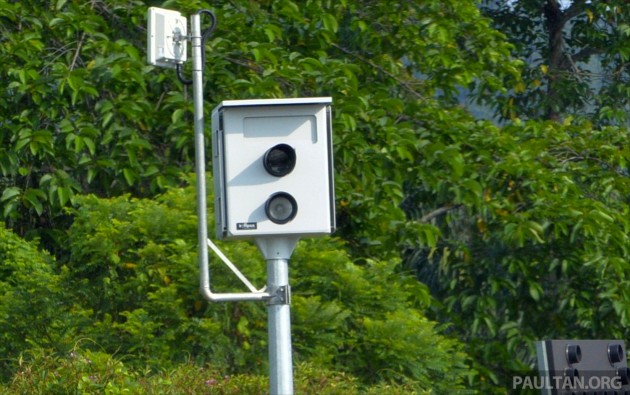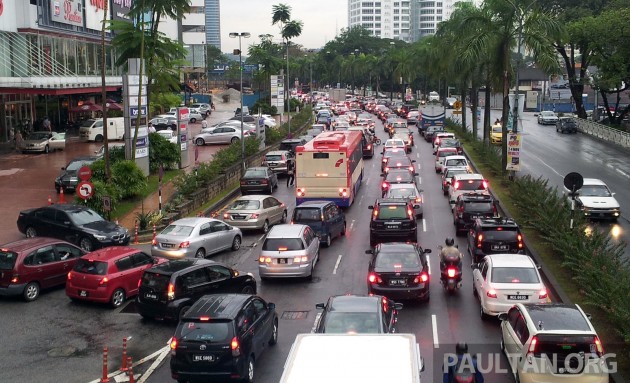
Following the success of Automated Enforcement System (AES) traffic light cameras in reducing the rate of red light running (RLR) violations by motorcyclists and motorists, the Transport Ministry is reportedly set to significantly expand the system's coverage with an emphasis on signalised intersections, according to a report by The Sun.
The next phase of AES deployment will see cameras being installed at traffic light intersections in stages at 262 locations nationwide by year end. Selangor will lead the list with 38 sites, followed by 32 locations in Johor, 26 in Kedah and 22 in Perak, the report adds. Other locations are Terengganu (20), Negri Sembilan and Penang (18 each), Kelantan (16) and 72 locations in Kuala Lumpur, Putrajaya, Pahang, Melaka, Perlis, Labuan, Sabah and Sarawak.
The publication said sources revealed that instead of placing the AES at 831 locations as originally planned after the pilot stage of 14 locations was implemented, the priority at present was to curb RLR incidents.
"The focus has now shifted to the safety measure at traffic light intersections, since records have showed that collisions and fatalities have been on the rise due to bikers and drivers beating the red light," the source told the publication.
The source also revealed that discussions on the redirection of AES have been underway for a while between relevant government agencies as well as the new system provider for AES. Irat Properties, a joint venture entity involving Boustead Holdings and the Armed Forces Fund Board (LTAT), is set to take over operations of the system by September, but the source added that the pending court cases involving the previously appointed operators would need to be resolved by the government before the new phase could be carried out.

Based on the latest studies carried out by the Malaysian Institute of Road Safety Research (MIROS), initial deployment at four locations in the Kuala Lumpur and Perak have succeeded in reducing red light running violations by 2.2% in the first six months since the installation of the cameras, with an overall 1.23% reduction after one year. The non-compliance rate stood at 4.29% before the implementation of AES.
Researchers from MIROS observed a total of 493,782 vehicles in March and September 2013 over two days (weekdays and weekends) and during peak and off-peak traffic. Four AES-equipped traffic light intersections were studied, at Jalan Klang Lama and Jalan Ipoh in Kuala Lumpur and at Jalan Ipoh-Kuala Kangsar and Jalan Pasir Putih in Ipoh
Motorcyclists featured the highest violation rate of 6.04% before installation (3.71% for cars, 3.69% for other vehicle types), dropping to 4.3% (cars 1.54%, other vehicle types 2.05%) after six months and 3.63% (cars 0.46%, other vehicle types 0.37%) after a year.
In KL, 3,613 violations were observed before the installation of AES cameras, and that figure was reduced to 2,003 or 1.76% after six months and 1,054 or 0.99% after one year. Ipoh's figures were 3,257 before AES, 1,775 or 3.07% after six months and 937 or 1.67% after one year.
Statistics from MIROS revealed that in 2013, there were 205 crashes at traffic light intersections and pedestrian crossings in Malaysia, resulting in 76 deaths and 129 injuries. In 2011, road collisions at traffic light intersections in Malaysia resulted in 207 deaths and 706 injuries.


No comments:
Post a Comment